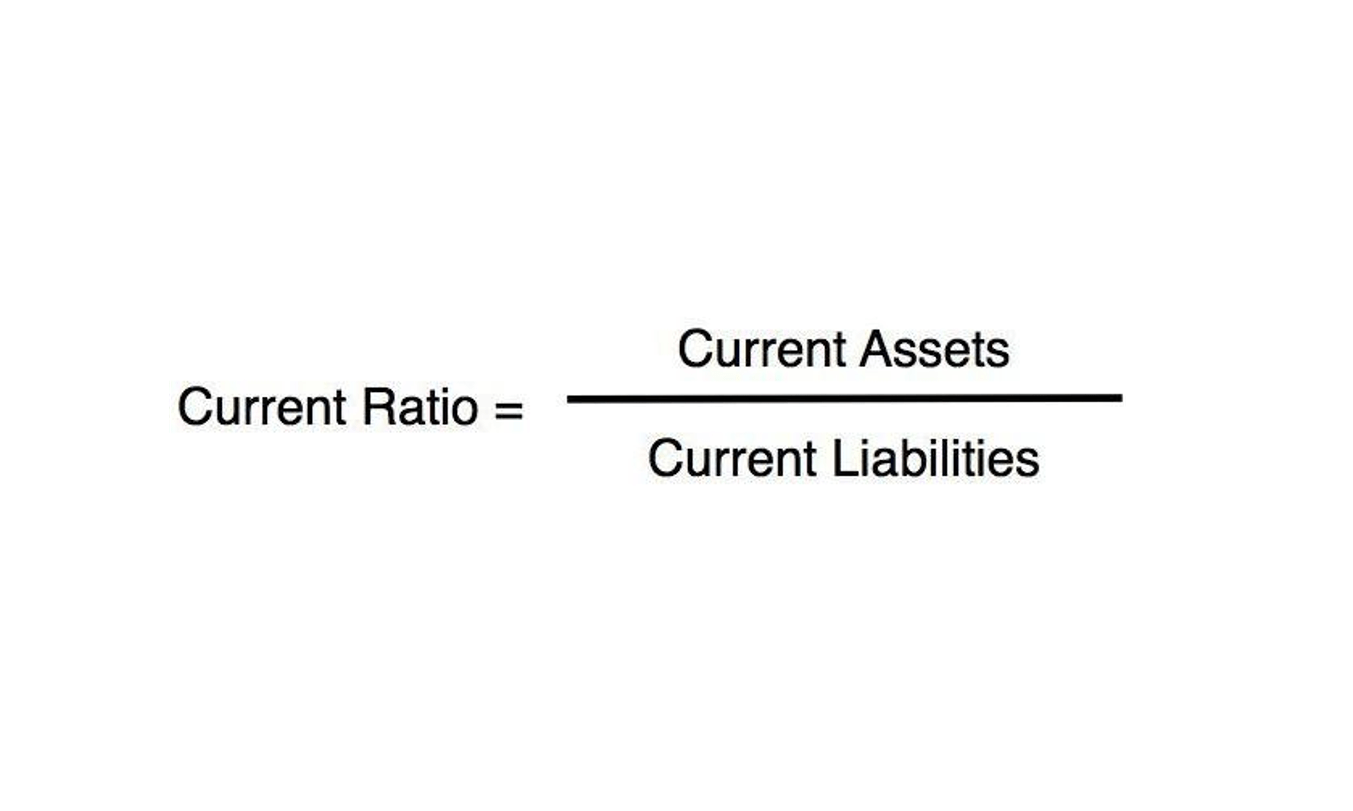
This strategy makes sense if you can wait until https://www.bookstime.com/ the age of 73 to make Required Minimum Distributions (RMDs). We like to suggest this option to our clients because it’s easy to overlook, especially when people are focused on tax deductions as a way of reducing their taxable income. Your W-2 also details your contributions to Social Security and Medicare, often grouped under the Federal Insurance Contributions Act (FICA). This tax is calculated at a flat rate of 6.2% for the employee, but only on earnings up to a certain annual limit, known as the wage base.

Tax Benefits of Marriage: Maximize Your Joint Tax Advantages
When using TurboTax, start by gathering all necessary documents. This preparation smooths the initial setup and data import process. Employees are protected by labor laws, ensuring fair wages and work conditions.
- It’s also essential to stay up-to-date with the latest tax rules and regulations and make use of tools like income tax calculators to help you navigate the complex world of taxation.
- The amount reported with code W has already been excluded from your taxable wages in Box 1.
- The tax bracket ranges are updated yearly to stay consistent with inflation.
- You can also pay your income tax liability by making an estimated tax payment throughout the year.
More on tax withholding
- If you’re a long-time landlord or just dipping your toes into property investment, understanding how…
- You shouldn’t stop withholding as a way to put off paying your tax bill.
- We often recommend this strategy to our high-income clients, especially if they have a year with higher-than-normal income due to an inheritance or windfall.
- As an independent legal entity, your company is obliged to pay taxes on the company’s profits.
- There are different schools of thought around this tax strategy, though.
Connecticut Personal Tax Guide Navigating the world of taxes can be daunting, especially when it… How to File a Tax Extension with Form 4868 Filing taxes Certified Public Accountant can often feel overwhelming,… An LLC or Limited Liability Company is a business structure designed to separate the LLC’s… Mastering the Maze of State Tax Extensions Navigating the labyrinth of state tax extensions can…
Calculating the bill or refund
Navigating the complexities of business tax returns is a critical responsibility for any business owner…. Leverage online calculators and tools to estimate your tax liability and potential refunds. Resources like TaxExtension.com offer user-friendly calculators to assist you in planning your taxes effectively. Your tax liability is the total amount of tax on your income minus any non-refundable credits, such as the Child Tax Credit, saver’s credit, or dependent care credit, to name a few. You can list any other payments you made and additional credits you can claim on lines 26 through 31. Add up lines 25, 26 and 32 to find how much you’ve already paid in taxes and your additional credits—or your total payments.
What is Tax Liability? Understanding Your Financial Obligations
The rate on the first $11,600 of taxable income would be 10%, then 12% on the next $35,550, then 22% on the final $2,850 falling in the third bracket. This is because marginal tax rates only apply to income that falls within that specific bracket. Based on these rates, this hypothetical $50,000 earner owes $6,053, which is an effective tax rate of about 12.1%. Income taxes in the U.S. are calculated based on tax rates that range from 10% to 37%. Taxpayers can lower their tax burden and the amount of taxes they owe by claiming deductions and credits. Simply put, tax liability refers to the amount of tax owed by an individual, business, or other entity.

Stock options and restricted stock units (RSUs) are popular forms of employee compensation that can… Navigating the ever-evolving landscape of tax laws is a critical aspect of business management. Mastering the Maze of Unpaid Tax Interest Navigating the labyrinth of tax obligations, including estimated… Comprehensive Guide to Local Municipality Taxes Navigating the world of local municipality taxes can seem… Like all aspects of tax filing, filling out Tax Form 4868 can be a bit…
- In this guide, we’ll explore the ins and outs of tax liability, how to predict your annual tax bill, and ways to lower it.
- Not owing any taxes is different — it means the total tax you owed according to IRS Form 1040 was completely taken care of by tax credits and deductions.
- However, choosing the status of an S corporation has certain drawbacks that can outweigh tax savings.
- The Oyster platform is built for global compliance to ensure that you align with federal and global tax laws so you can focus on growing your business with confidence.
- The Form W-2 itself does not state your final tax liability or if you will receive a refund; it provides the data to calculate that outcome.
- As a business owner, you should hire 1099 contractors when you need someone for short-term, project-based work or specialized tasks that don’t require close supervision.
- You should also know that you can avoid capital gains tax by rolling the income from the sale into another real estate investment within 180 days (1031 exchange).

State and local governments may also impose a payroll tax to pay for municipal programs and projects. You should see a breakdown on your paystub of each payroll tax amount and the collector. It can help you avoid over- or under-leveraging your income, for example. A business owner who is aware of the deductions available to them may be able to invest more in growing their business, aware that some of the costs will be offset later. Understanding how much you owe what is tax liabilities on w2 the federal government, and how much you’re ultimately responsible for paying, can help you make smart financial decisions. Your tax liability is the amount you owe to the IRS or your local government.

One effective tax planning strategy is to maximize your retirement contributions. Contributing to retirement plans, such as 401(k) plans and Individual Retirement Accounts (IRAs), can reduce your taxable income and ultimately lower your tax liability. The contributions you make to a traditional IRA are tax-deductible, while contributions to a Roth IRA are not tax-deductible but grow tax-free.
